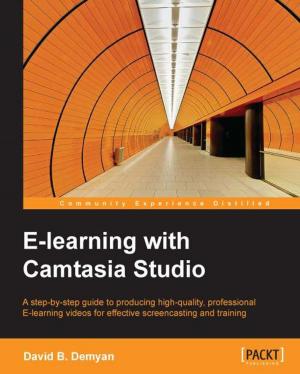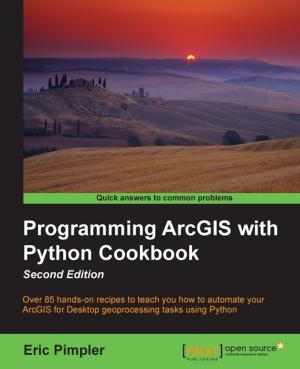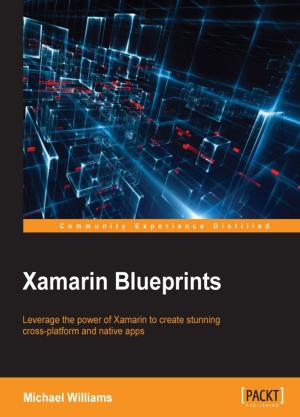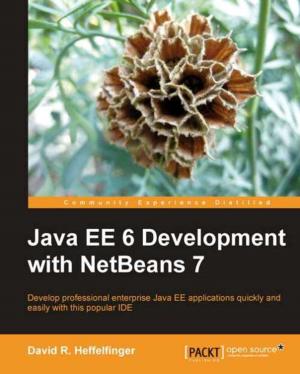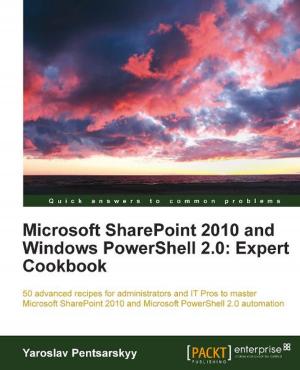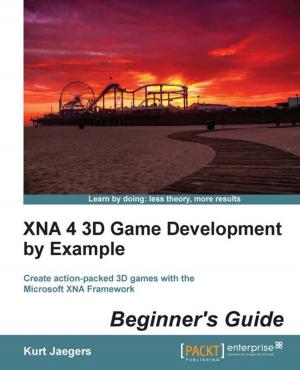Learning BeagleBone Python Programming
Nonfiction, Computers, Computer Hardware, Microprocessors, Input-Output Equipment, Operating Systems, Linux| Author: | Alexander Hiam | ISBN: | 9781784390808 |
| Publisher: | Packt Publishing | Publication: | July 14, 2015 |
| Imprint: | Packt Publishing | Language: | English |
| Author: | Alexander Hiam |
| ISBN: | 9781784390808 |
| Publisher: | Packt Publishing |
| Publication: | July 14, 2015 |
| Imprint: | Packt Publishing |
| Language: | English |
BeagleBone is a barebone computer that can be configured and customized for different applications and is almost half the price of a standard computer. This book will cover the basics of how BeagleBone Black's hardware interface subsystems work, and can be controlled using two popular Python libraries for BeagleBone Black. You will be introduced to BeagleBone Black's GPIO, PWM, ADC, UART, SPI, I2C, and eQEP subsystems. We will then dive deep into more complex built-in peripherals, demonstrating different ways to receive input from a user including buttons, potentiometers, and rotary encoders with the eQEP module. We will also learn about interfacing with external devices; this will be demonstrated using the serial modules to interface with external devices such as temperature sensors and accelerometers. Towards the end of the book, we will present a couple of real-world problems and demonstrate how to solve them with the skills you've acquired.
BeagleBone is a barebone computer that can be configured and customized for different applications and is almost half the price of a standard computer. This book will cover the basics of how BeagleBone Black's hardware interface subsystems work, and can be controlled using two popular Python libraries for BeagleBone Black. You will be introduced to BeagleBone Black's GPIO, PWM, ADC, UART, SPI, I2C, and eQEP subsystems. We will then dive deep into more complex built-in peripherals, demonstrating different ways to receive input from a user including buttons, potentiometers, and rotary encoders with the eQEP module. We will also learn about interfacing with external devices; this will be demonstrated using the serial modules to interface with external devices such as temperature sensors and accelerometers. Towards the end of the book, we will present a couple of real-world problems and demonstrate how to solve them with the skills you've acquired.

